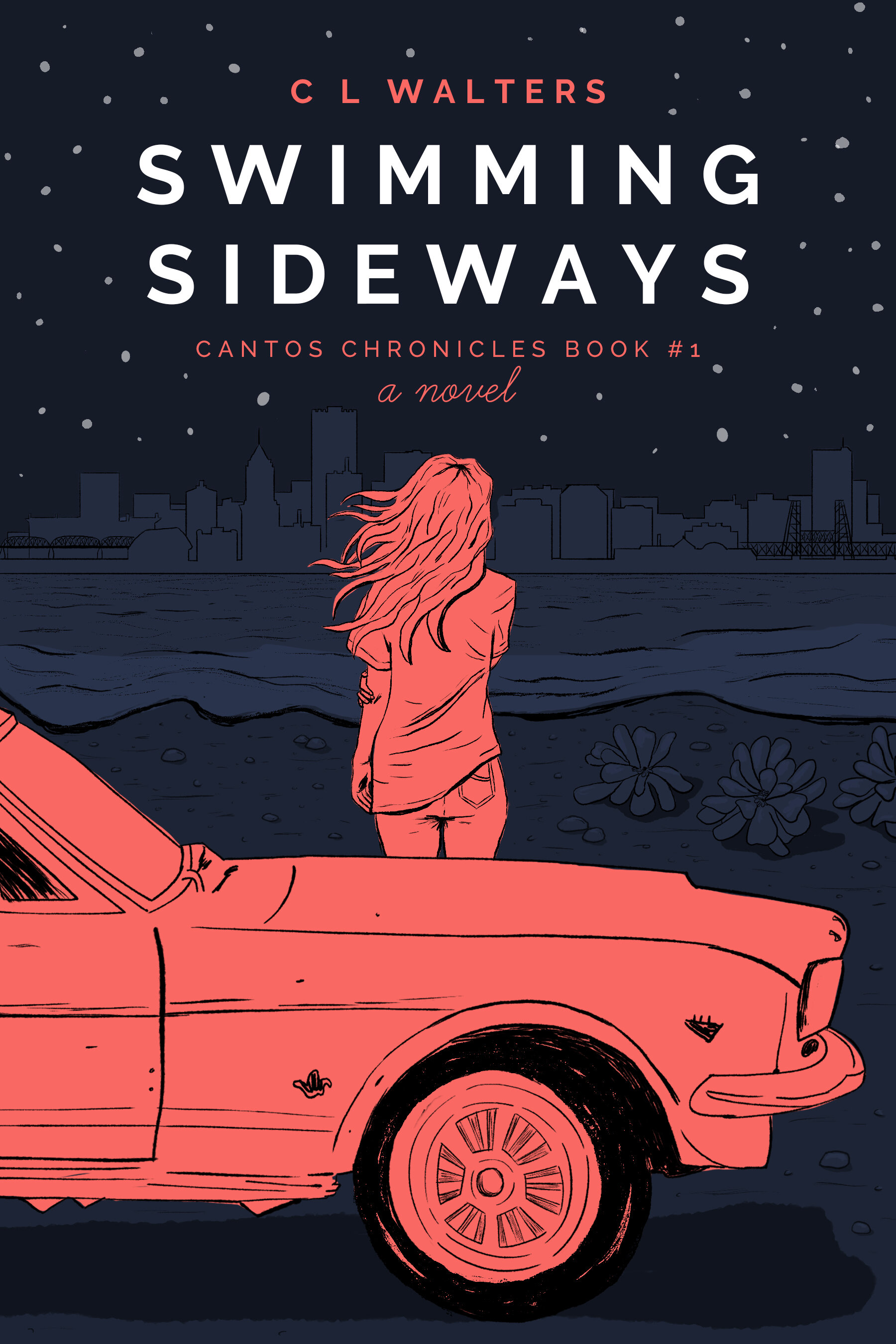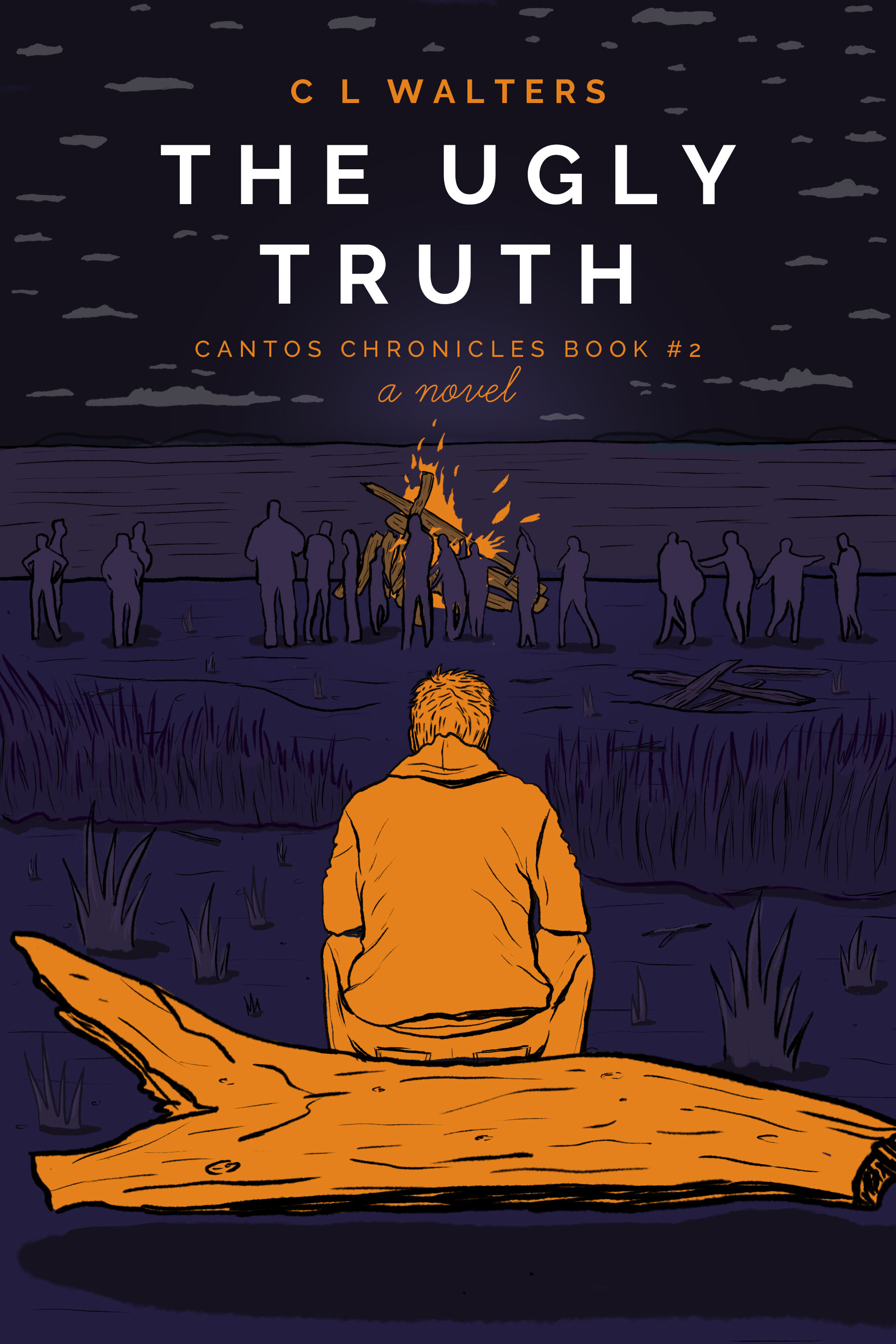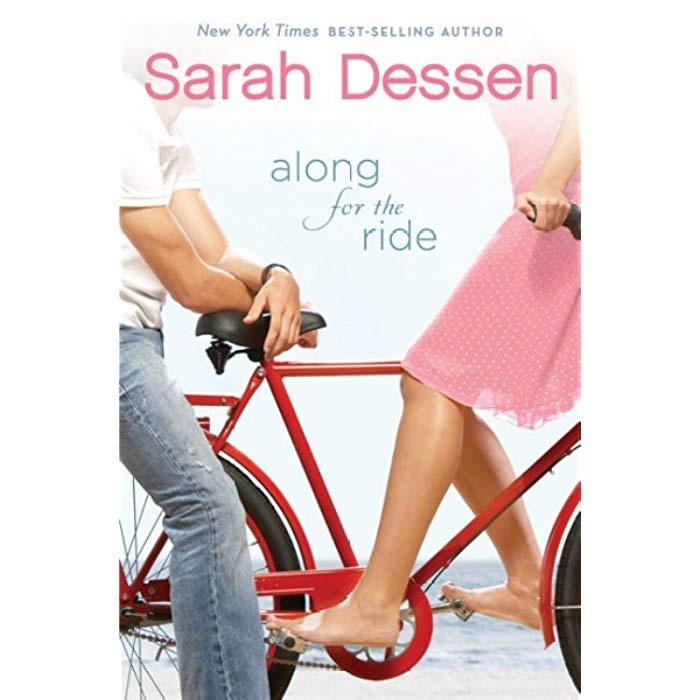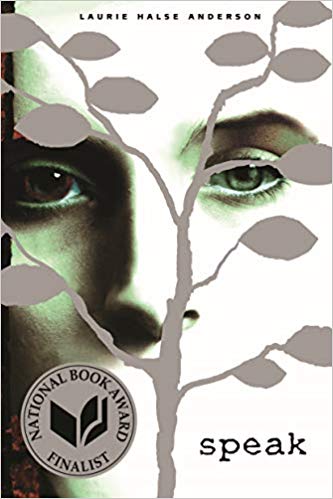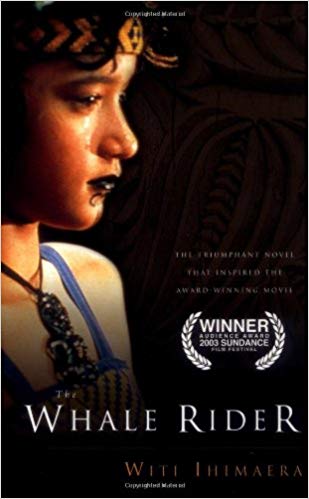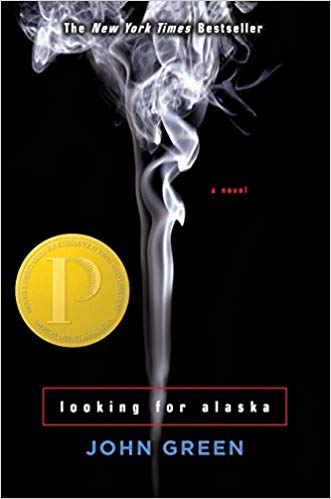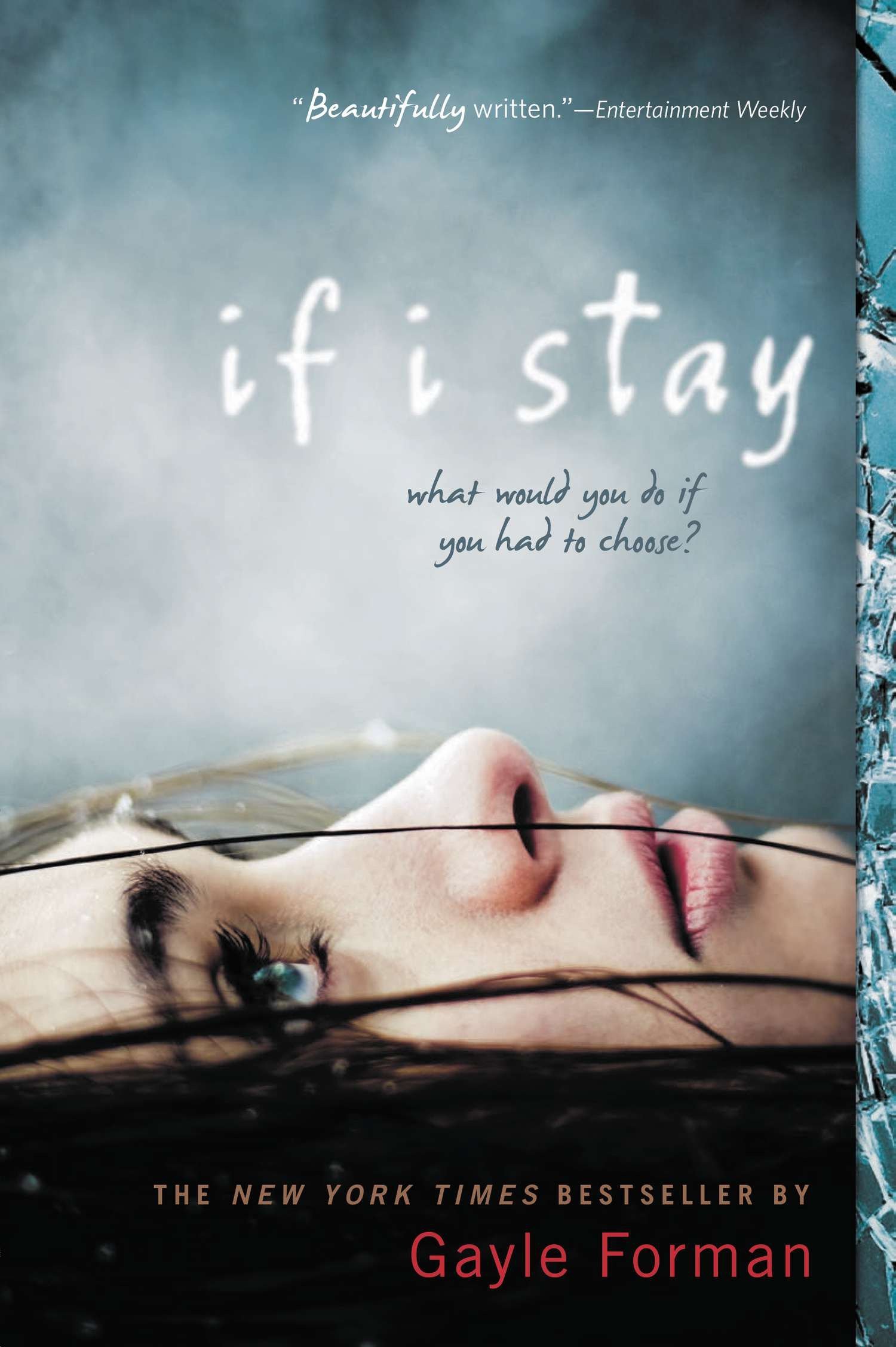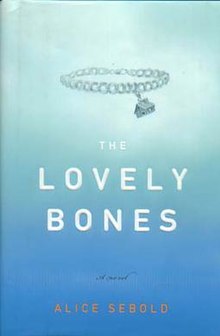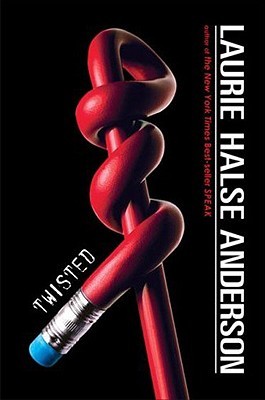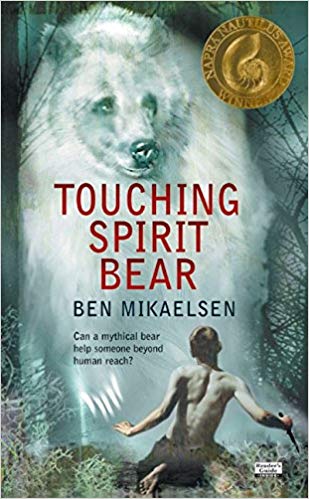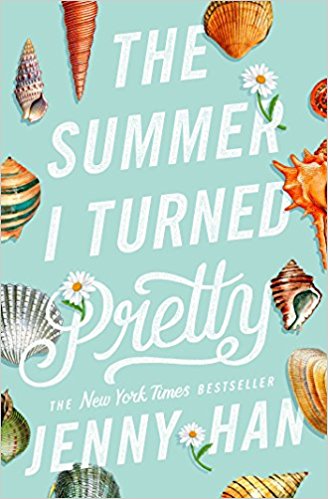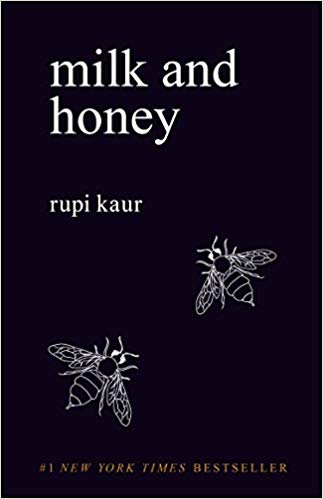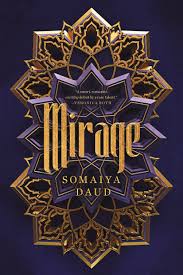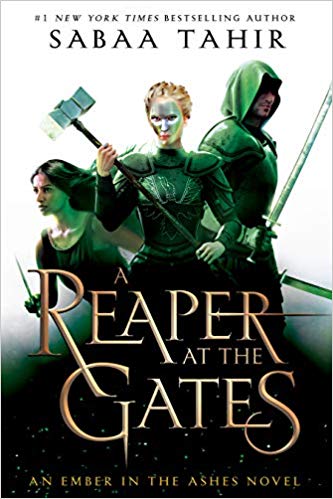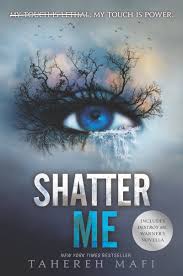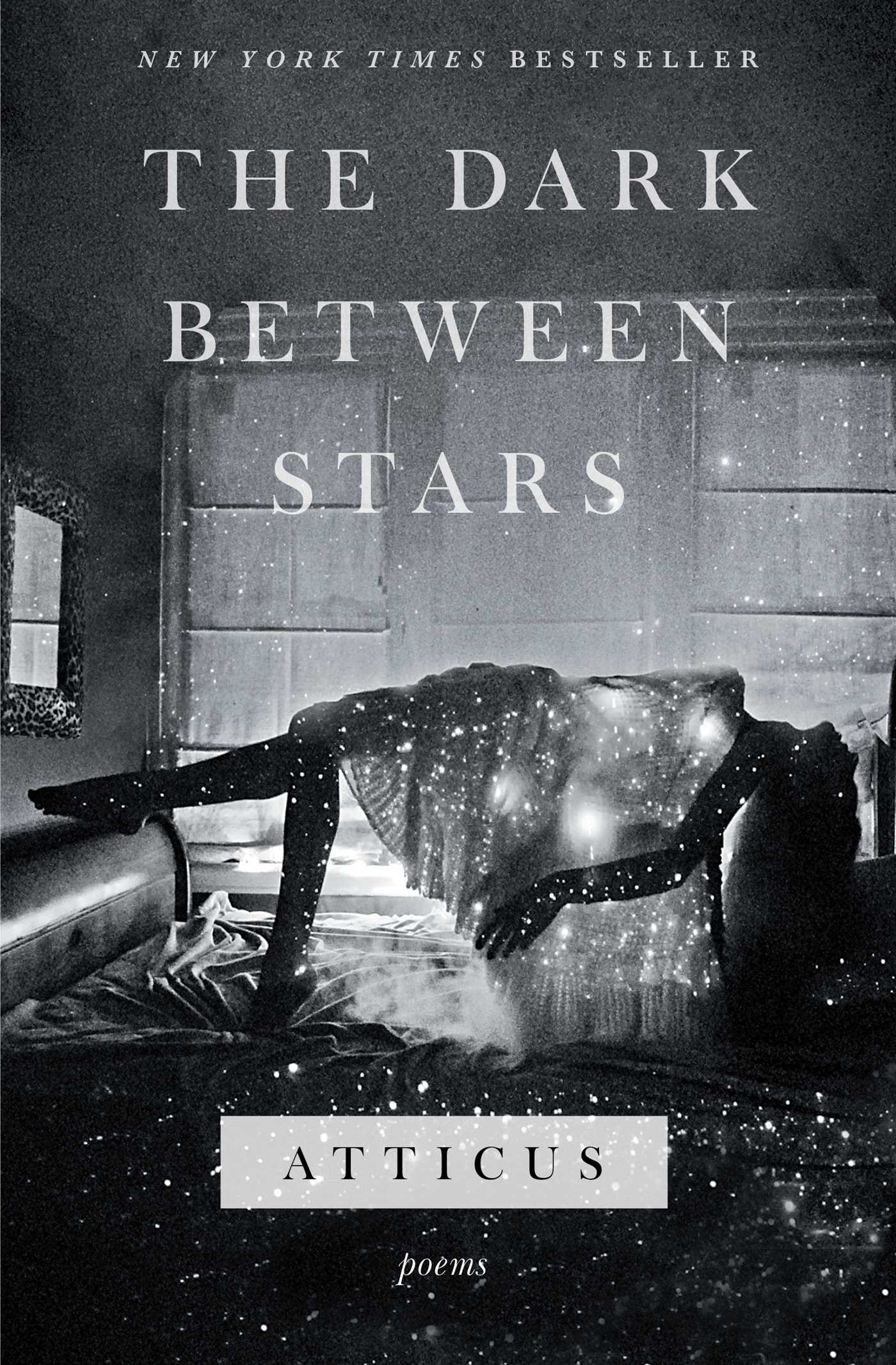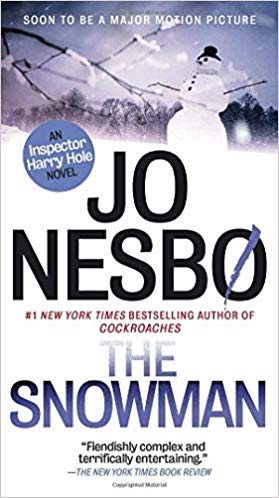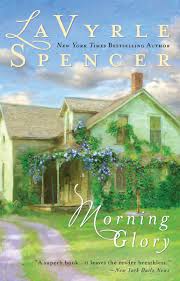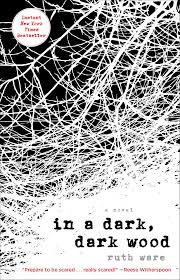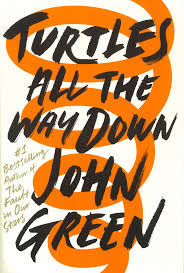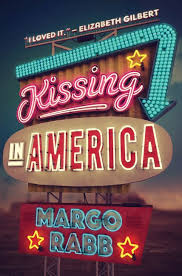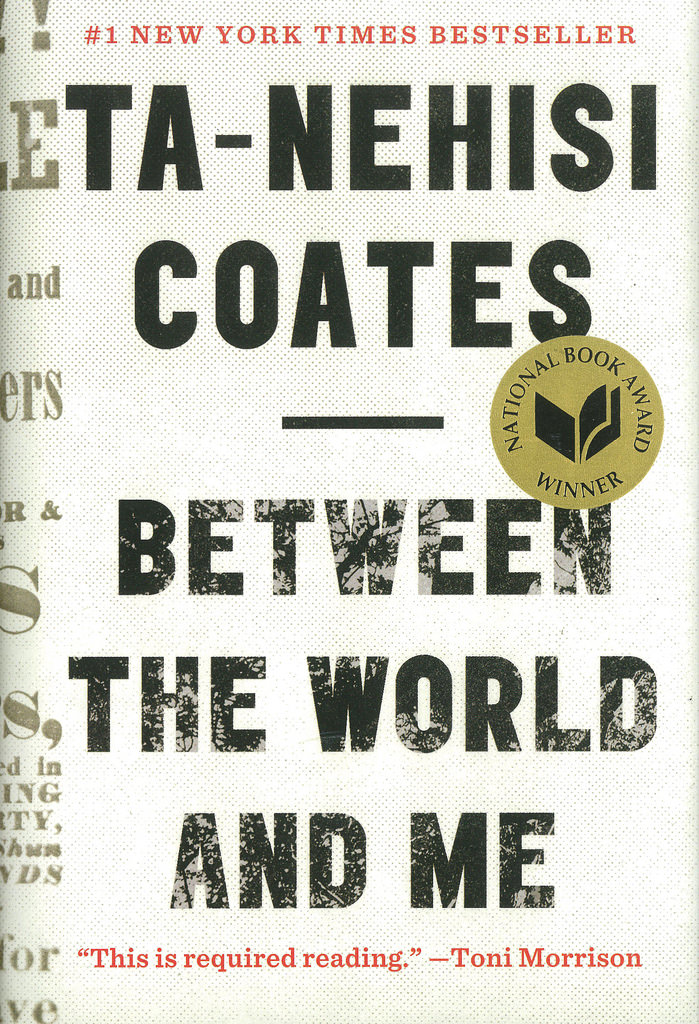Interview with Adam Kāne and Alexandra James from…
The Letters She Left Behind
May 6, 2019
New romantic suspense book by CL Walters available May 7, 2019
Tomorrow is the book birthday for my new adult romantic suspense The Letters She Left Behind. In celebration, I thought I would commemorate the event with an interview of the main characters, Adam Kāne and Dr. Alex James. Born on the page in 2004, these characters have waited patiently for this author to rediscover them in 2019.
Some context for your reader imaginations:
Adam Kāne is a successful Hawaii business man at 47. He’s hard working, and loves his children. He misses his late wife and is in the late stages of grief at the opening of this story; he’s complex and definitely not perfect. Of course, he’s perfectly handsome - a gorgeous Hawaiian man (does Hugh Jackman with Hawaiian features help to picture him?).
Alex James - Adam’s counterpart - is an independent and smart woman. A forty-six year old college professor who’s bread and butter is Women’s Studies, she’s bright. But she also a fallible human woman who has secretly loved Adam for her entire adult life. She’s a beautiful, engaging, loyal, and funny. When I think of Alex - the beautiful Lauren Graham comes to mind.
So now, fifteen years after their creation … without further ado:
Welcome, Adam and Alex. I know that living in my head has probably been a bit stifling. Was it worth the wait?
Adam: Definitely. I’m a patient guy.
Alex: Sure, though it’s difficult sitting around and waiting for you to get your act together.
Hahaha! Wow. Okay. Why do I feel like there’s more in those answers than meets the eye.
Alex: I’m not one for being passive aggressive, CL, but you did write the story. You know.
Adam: (chuckles and shakes his head): Patience is a virtue. So is biting one’s tongue when necessary.
Moving on then. Without giving any spoilers, what do you like best about your story?
Alex: Megan. While she doesn’t make a huge appearance in the story, her part in the journey is equally important to the entire narrative on so many levels. I love that about her starring role. The way it all comes together.
Adam: Me too. I also like how there is the sense of time. The way life works sometimes to bend and twist in order to get you where you need to go when the timing is just right. It’s like as much as you might want something right now, it isn’t the right time for it.
Kind of like this story. Fifteen years ago, when I wrote it, I was in my late twenties - early thirties and here I was writing about grief and second chances. Perhaps I needed additional time and world view to draw the story together. On another note, there’s this point in the narrative when both of you see yourself - or the truth of who you are - outside of the fear. Can you comment on how that moment or moments like that are impactful.
Adam: I know exactly the moment you’re referencing, though I would say I had more than one of these sort of ah ha moments. It’s like that one step forward, two steps back paradigm. A person discovers a truth about themselves. Moves forward and then regresses until another discovery occurs. I think most times, for me anyway, those self-discoveries or facing those honest truths can be painful, which is why we regress.
Alex: I think so too, which is why sometimes we don’t face them. It’s easier just to stay in one place because the threat of change might be more than we can accept. I know that for my part in the story, this fear of things being different was paralyzing.
I love that scene - when you walk into the ocean, Alex. It was pivotal for your character.
Alex: Yes. Truly makes the difference in the overall movement of my journey.
What about you, Adam? Is there a pivotal scene for your character?
Adam: There are a few, but I don’t want to give anything away by sharing them. I can say at the beginning of the story, I’ve been in a tailspin of grief for nearly a year. I’m raw at the opening, at the precipice of either burying myself in it completely, or doing something different. Megan’s journals were pivotal for me. Without them - well, there wouldn’t be a story.
Let’s talk a little bit about place and culture. As a Hawaiian, Adam, do you think your ethnicity is relevant to the story?
Adam: Not so much. I think I represent a Hawaiian male, but I don’t necessarily embody the cultural values of being Hawaiian, if that makes sense. In all fairness, I would add that who I am is on the edge of understanding my own Hawaiian identity. With the loss of language and culture, how does one rediscover those losses when you’re disconnected from them?
Alex: Do you think that lack of culture then misrepresents you in the story?
Adam: No. I feel like it accurately represents that it is a missing piece in my life, but more could be done to explore that. Maybe not in this story, but perhaps in others. But I think place is explored and the usage of ʻOlelo Hawaii vocabulary which add depth to an understanding that Hawaii is more than a tourist destination.
Funny you mention stories to explore that. I’m working on a story for Trey. I don’t know if it will be a short story or longer - beginning stages - but that idea of cultural rediscovery is a theme I’m noticing as I work on it. Speaking of secondary characters, who do you think will be a fan favorite?
Adam: The kids.
Alex: The kids.
Neither of you are partial… Why the kids?
Alex: Each of them are unique and bring a whole different dimension to the story. Without them, I think the story wouldn’t be as layered.
Adam: I agree. I’d like to see them all with their own stories.
What are you hoping happens with your story?
Alex: I hope that a reader can close the book and feel like “Wow, I don’t need to worry about that thing anymore.” I think it’s easy to get caught up in the minutia of our lives and forget the big picture, the what’s really important.
Adam: That! Yes. And to remember that life is a journey. It doesn’t stop. It moves forward and we move along the timeline with it. Sometimes we’re blindsided, sometimes we’re broken, but always the timeline continues. Something else I hope people remember - we can’t live it alone. Along the way, we need those special people to share it with in some capacity.
Thank you for hanging out in my head for a bit. Happy Book Birthday tomorrow to The Letter She Left Behind!
Order here.





